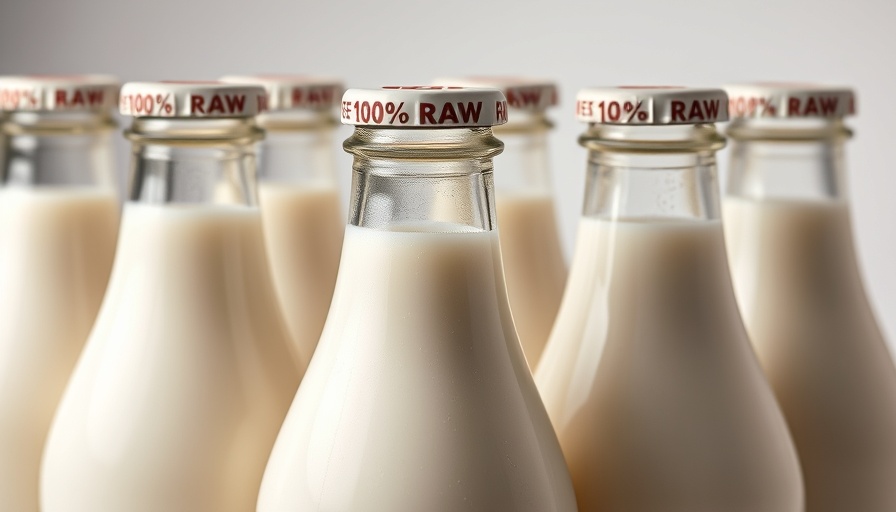
The Hidden Risks of Bird Flu in Raw Milk: What You Need to Know
Recent studies reveal a concerning new trend: the avian influenza virus, commonly known as bird flu, can remain alive in raw milk for more than a week. This discovery raises critical questions about food safety and public health, particularly for those consuming unpasteurized dairy products.
Why Raw Milk?
Proponents of raw milk argue that it offers more nutrients and benefits compared to pasteurized options. However, this study highlights a crucial downside—the risk of hosting harmful viruses like bird flu that might otherwise be eliminated during pasteurization. With the popularity of raw milk surging among health enthusiasts, understanding these risks is more vital than ever.
The Science Behind the Study
In laboratory conditions, researchers found that the H5N1 strain of bird flu was able to survive in raw milk for over a week. This study mirrors past concerns about other pathogens residing in dairy products, which can pose serious health risks. The survival of this virus in raw milk raises alarms about the potential for zoonotic transmission (from animals to humans), especially during outbreaks of avian influenza.
Practical Insights for Consumers
So, what does this mean for consumers? For those choosing to drink raw milk, understanding these findings is crucial. It’s wise to be aware of the source of your milk and to consider the implications of drinking unpasteurized products, particularly concerning poultry farms that may have reported cases of bird flu.
Final Thoughts on Public Health
The implications of this study should not be taken lightly. Public health recommendations often emphasize the importance of pasteurized dairy. Given the survival rates of bird flu in raw milk, the discussion surrounding food safety must take center stage, especially as we navigate ongoing health challenges.
 Add Row
Add Row  Add
Add 




 Add Row
Add Row  Add
Add 

Write A Comment